5 Seating and Retaining Wall Styles to Add Comfort and Purpose to Your Patio
Backyards with hills or uneven ground can be difficult to use, especially when patios feel too small or undefined. Retaining walls and seat walls are two solutions that not only solve these challenges but also improve the comfort and usability of outdoor spaces.
Retaining walls provide structure by holding back slopes and creating level ground. Seat walls add everyday function, offering built-in places to sit and gather. When used together, they balance strength with comfort, transforming a yard into a space that feels purposeful and complete.
This article highlights five seating and retaining wall styles that enhance both comfort and character on patios, making them better suited for gatherings, relaxation, and year-round enjoyment.
Why Add Seating and Retaining Walls to Your Patio?
Backyards with slopes or uneven ground can be beautiful, but they often limit the amount of space that can be fully enjoyed. That is where retaining walls and seat walls come in.
- Retaining walls stabilize slopes, prevent erosion, and increase the usable ground area. Built with precast concrete blocks, natural stone, or dramatic outcrop stone, they create strong terraces and level areas that feel safe and functional.
- Seat walls add the comfort that patios often lack. They provide built-in seating, help define gathering areas, and give the space an everyday purpose.
- Together, they strike a balance between practicality and design. Retaining walls provide structure, while seat walls invite connection, making the backyard both usable and welcoming.
For lake country homes with walk-out basements or new builds on Waukesha County’s rolling terrain, the combination of seating and retaining walls often turns an underused yard into a place for gathering, relaxing, and enjoying the view.
Retaining Walls Do More Than Hold Soil
Retaining walls are often viewed as purely functional, but they can also significantly contribute to shaping the overall look and feel of a patio. Beyond preventing erosion and stabilizing a slope, the right design can add depth, definition, and style to outdoor spaces.
 Frame the patio: A retaining wall helps define the edge of a patio, giving the space a clear boundary and sense of purpose.
Frame the patio: A retaining wall helps define the edge of a patio, giving the space a clear boundary and sense of purpose.- Add texture and contrast: Natural stone or precast block introduces visual interest and complements plantings, pavers, and other landscape features.
- Incorporate lighting: Built-in lighting within or along a wall adds safety for evening use while creating warmth and ambiance after dark.
- Create tiered spaces: Multi-level retaining walls can transform steep yards into inviting terraces, each with its own function, whether for seating, planting, or entertaining.
With thoughtful planning, retaining walls shift from being a hidden necessity to a defining feature that makes a patio feel intentional and complete.
Seat Walls That Bring Comfort and Connection
While retaining walls focus on structure, seat walls bring everyday comfort to the patio. They provide a built-in solution that goes beyond furniture, helping the space feel more permanent and designed with purpose.
- Built-in seating: Seat walls create natural gathering spots around fire pits, dining areas, or patios, offering durable and low-maintenance seating.
- Planter integration: Designed with space for greenery, flowers, or herbs, seat walls soften the hardscape and add seasonal color.
- Define gathering areas: A low wall can frame a patio or outline a fire feature, creating the feeling of an outdoor room.
- Pair with retaining walls: Together, they balance comfort and support — retaining walls shape the land while seat walls make the finished space more inviting.

When planned alongside retaining walls, seat walls help transform a patio into a welcoming destination for family and friends.
5 Seating and Retaining Wall Styles That Transform Outdoor Living
Both retaining walls and seat walls can be constructed from a variety of materials, each offering its own unique look, feel, and function.
The style you choose depends on the character of your home, the slope of your land, and the kind of outdoor experience you want to create.
From rugged stone that blends seamlessly into natural surroundings to sleek, modern options that make a bold statement, there is a wall style to fit every vision.
1. Outcrop Stone: Natural & Dramatic
Outcrop stone creates a bold, natural look that feels like part of the landscape itself. Its massive slabs are ideal for retaining steep slopes, making it especially suited for lake houses with walk-out basements or homes built into rolling hills. Bold and striking, it provides both stability and presence.
Each wall takes on a unique character due to the irregular shapes of the stone.
Layered pieces create depth and visual interest, while surrounding plantings soften the edges and help the wall blend into the environment.
The result is a structure that looks timeless while adding usable space,
2. Wall Stone: Timeless & Versatile
Wall stone offers a refined yet natural look that complements a variety of landscapes. It provides the structure needed for retaining walls while giving patios and gardens a classic feel.
This style is versatile, fitting just as well with a traditional home as with a more contemporary design.With cut and stacked pieces, wall stone creates clean lines without losing the warmth of natural material.
Subtle color variations in the stone add depth, while careful placement produces a uniform, enduring appearance. It strikes a balance between strength and timeless style.
3. Precast Concrete Block: Strong & Adaptable
Precast concrete blocks are engineered for durability, making them a reliable choice for both retaining and seating walls.
Its strength allows it to handle grade changes and create lasting terraces, especially in new construction on hilly terrain or suburban backyards that need defined outdoor spaces.
The modular nature of concrete block makes it highly adaptable. Blocks can be arranged in clean, uniform lines for a modern look or paired with other materials to add contrast.
Smooth finishes and consistent shapes give patios a polished, intentional feel while ensuring the wall stands strong for years to come.
4. Corten Steel: Bold & Contemporary
Corten steel introduces a modern edge to outdoor spaces with its signature weathered patina.
Over time, the material develops a rich, rust-colored finish that complements stone, wood, or greenery beautifully. It is a striking option for homeowners who want their patio to feel artistic and contemporary.
Beyond its bold appearance, corten steel is durable and low-maintenance, designed to withstand the elements.
Used as seat walls or low retaining walls, it adds warmth and definition while creating a sleek focal point that sets the space apart from more traditional designs.
5. Mixed Materials: Creative & Customized
Blending materials is a way to make both seating and retaining walls feel truly personalized.
Stone paired with wood, metal, or even corten steel accents adds depth and character beyond what a single material can provide.
This approach is ideal for homeowners who want a patio that reflects their own style rather than a one-size-fits-all solution.
Mixed materials also open the door to creative features. Lighting can be integrated for safety and ambiance, or contrasting textures can be used to define different areas of a patio.
Whether applied to a seat wall that frames a gathering space or a retaining wall that shapes the land, this style creates a backyard that feels purposeful, welcoming, and unique.
Build Beauty and Purpose into Every Outdoor Space with American Landscape
Seating and retaining walls serve different functions, but together they create patios that are stable, comfortable, and welcoming.
Retaining walls shape the land, while seat walls provide daily usability. The result is a space that feels purposeful and complete.
American Landscape can help you design and build walls that balance beauty with purpose, creating a space you’ll enjoy for years to come.
Ready to reimagine your outdoor space? Connect with American Landscape’s design-build team to explore seating and retaining wall solutions tailored to your home.

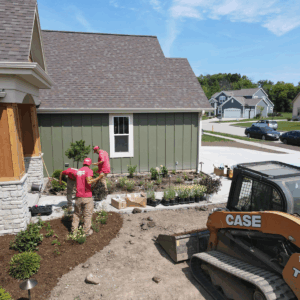 Ground preparation begins with:
Ground preparation begins with: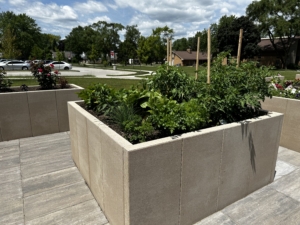 Raised beds warm quickly in spring and offer excellent drainage, which benefits crops that prefer consistent moisture and nutrient-rich soil.
Raised beds warm quickly in spring and offer excellent drainage, which benefits crops that prefer consistent moisture and nutrient-rich soil. Recommended plants for Wisconsin in-ground gardens include:
Recommended plants for Wisconsin in-ground gardens include: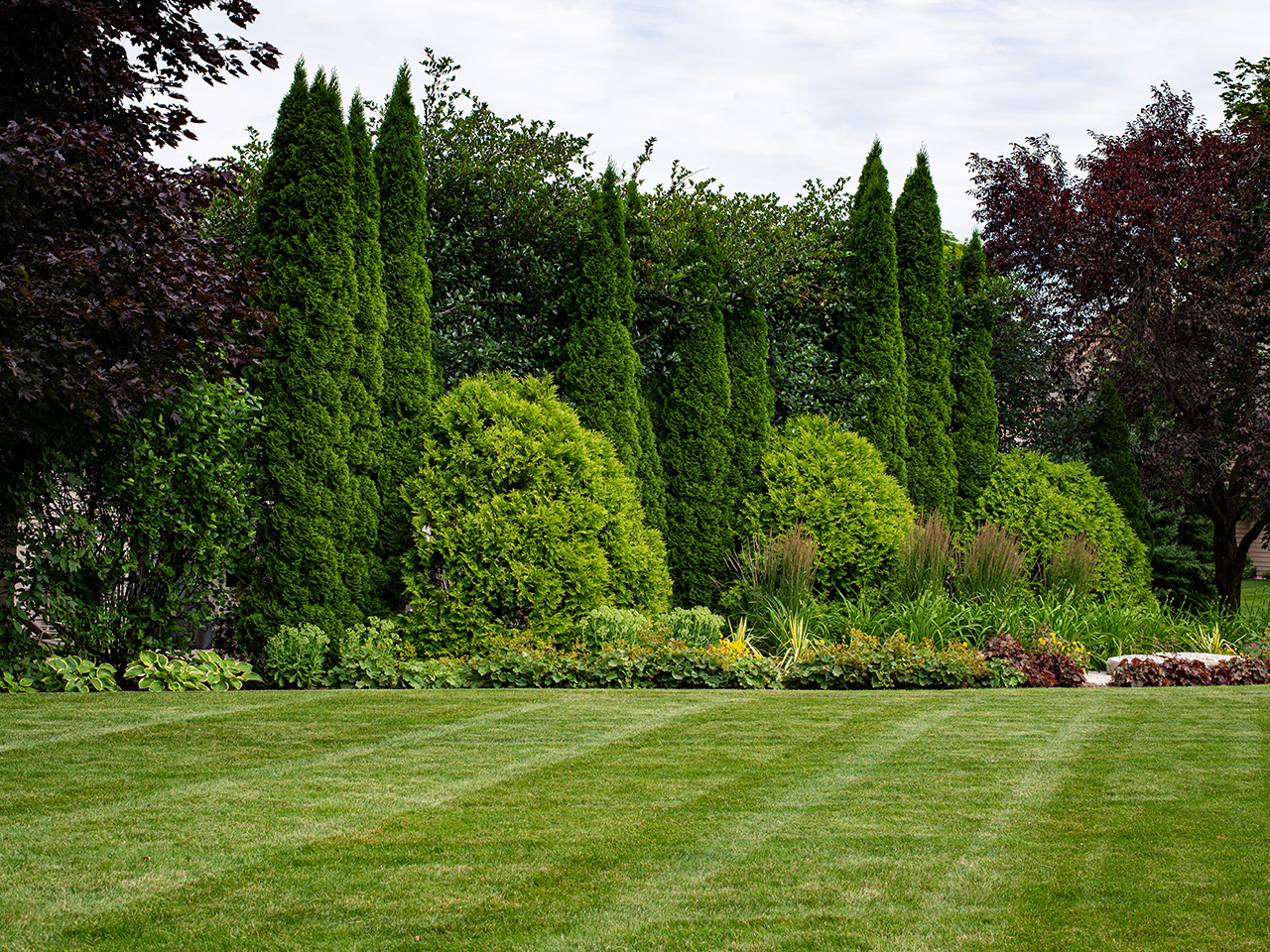
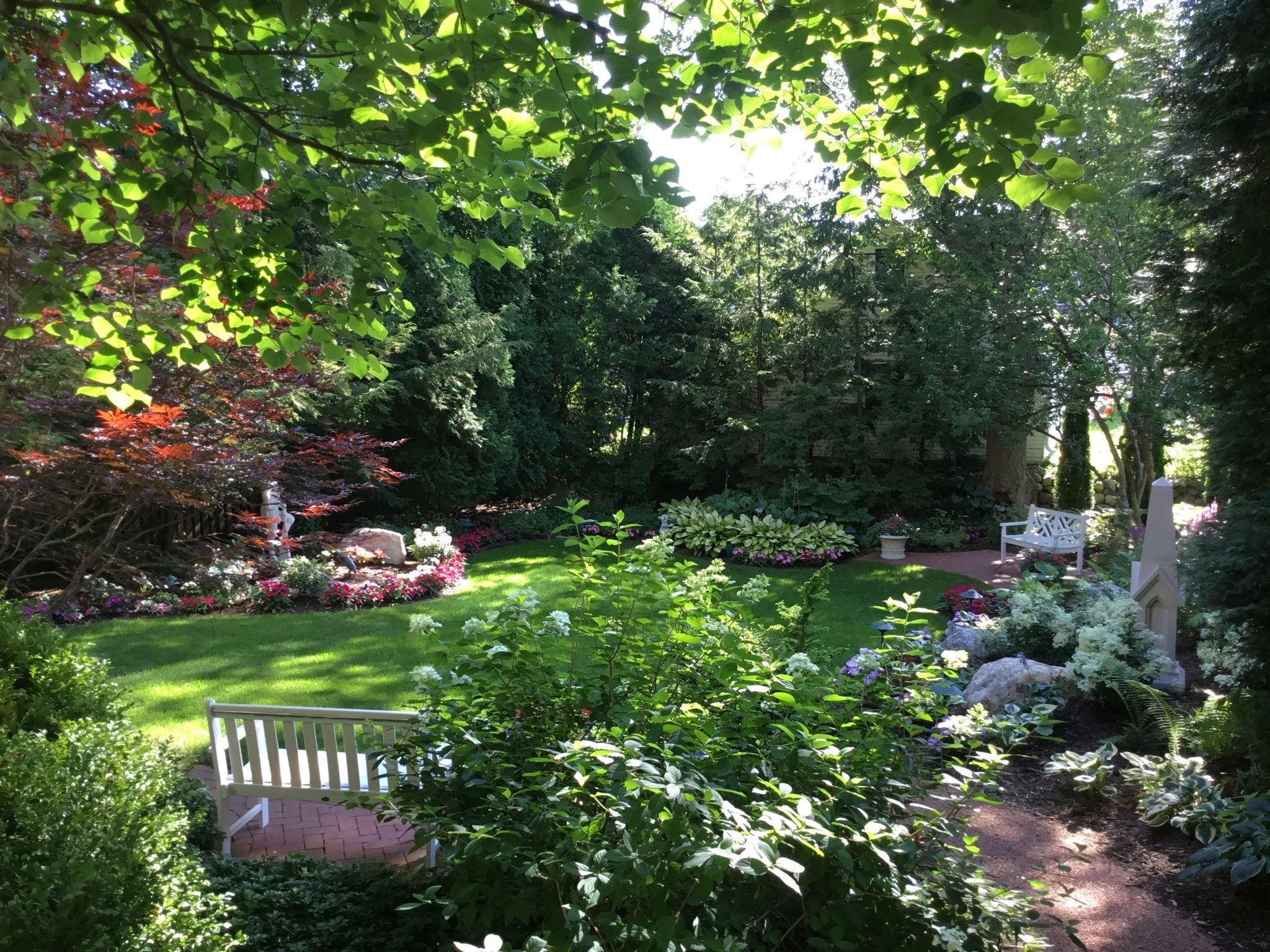
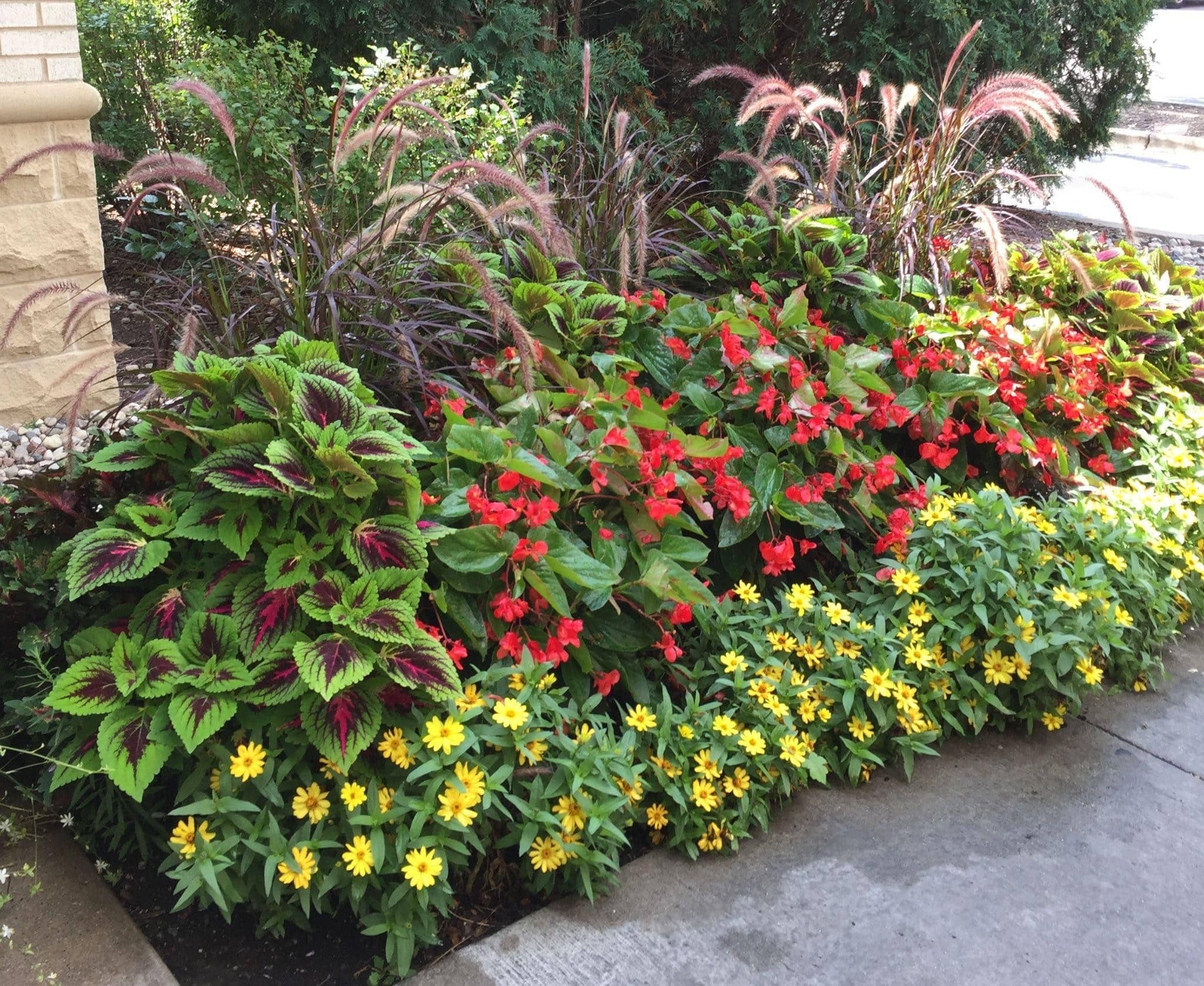
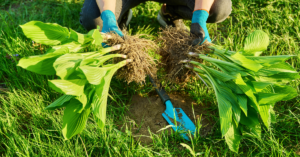
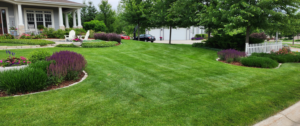
 Tree & Shrub TLC: Helping Your Landscape Wake Up
Tree & Shrub TLC: Helping Your Landscape Wake Up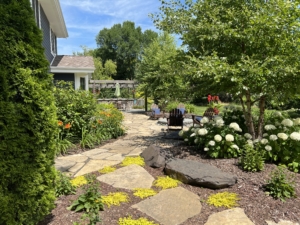

 The best small backyards are easy to care for without constant upkeep. Choosing the right plants and materials can save time while keeping your space beautiful and inviting.
The best small backyards are easy to care for without constant upkeep. Choosing the right plants and materials can save time while keeping your space beautiful and inviting.

